OVERVIEW
Our pilgrim journey begins at the holy well of St Aidan of Ferns, referred to as St Mogue’s Well (another of his names). Here, custom dictates you fill a small water bottle and carry it to St Davids in Wales. Now walking as a pilgrim, St Edan’s Cathedral (Church of Ireland), which is considered the smallest cathedral in Europe, lies before you. Behind it is the ruin of St Mary’s Abbey, which was founded for the Augustinian Order in the 12th century by Dermot MacMurrough, King of Leinster.
A short diversion at Boolavogue takes you to the Father John Murphy Centre. This is the farmstead where Father Murphy, the 1798 rebel leader, lived for many years.
Back on the route, you will encounter on the right, a lios or fairy fort. From the late Iron Age to Christian times, Irish people built these circular structures with earthen banks to afford protection in times of war for humans and livestock. Folk tales have grown up around these that relate that a curse will be enacted upon those who disturb or destroy them, which is probably why thousands of these structures still survive in Ireland.
On Oulart Hill, you will pass the site of a great victory for the United Irishmen in 1798 and the magnificent Tulach a’tSolais. Opened in 1998, this monument dramatically commemorates the 1798 Rebellion and is a modern version of the pre-Christian passage tombs such as the one at Newgrange. It is aligned with the spring and autumn equinox when the rising or setting sun shines through the passageway.
HIGHLIGHTS / PLACES OF INTEREST
Ferns
An historic village thought to have been established when the monastery was built by St Aidan (also known as St Mogue). Ferns has many ecclesiastical sites for the pilgrim just starting out on the route: St Mogues Well, St Edan’s Cathedral and the ruins of St Mary’s Abbey.
Find out more at https://fernsvillage.ie/
Father John Murphy Centre
At Boolavogue you will visit the Father John Murphy Centre. This is the farmstead where Father Murphy, the 1798 rebel leader, lived for many years. The Centre features his cottage, which is a fine example of an 18th Century vernacular building. This is situated in a restored farmyard that includes a cow house, pigsty, dairy, stable labourers’ lodgings and a range of farm machinery from the past. Open seasonally. Please check their Facebook page for current opening hours.
Tulach a'tSolais
An extraordinary monument marking the 200th anniversary of the 1798 rebellion. The construction of a tulach or burial mound signified a link between the world of the living and the other world. A cleft through the mound but without adornment – nature provides the show with the equinox rising sun perfectly inline with the passageway.
Oulart, derived from the ancient word for orchard, is further represented by nine ancient Irish apple tree varieties planted in 2014.
Walk through the pathway and play with the beautiful acoustics in the enclosed space.
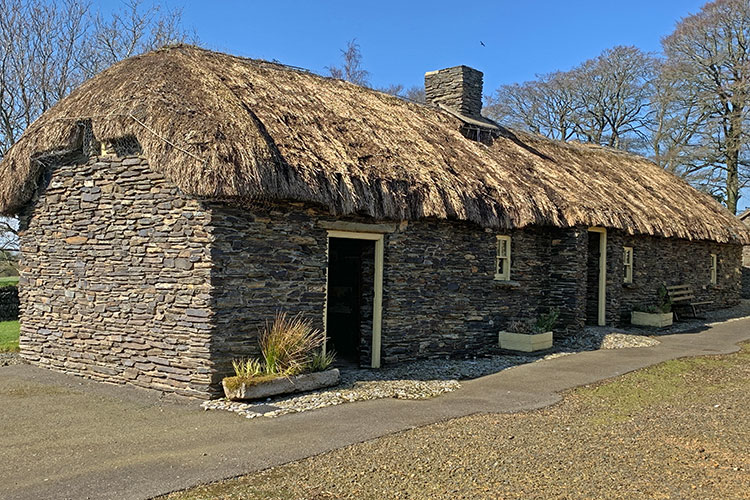
Father Murphy Centre
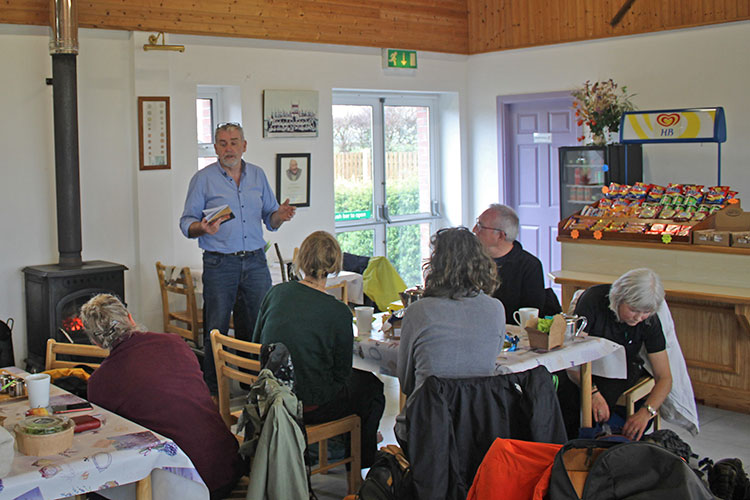
Father Murphy Centre
Padraig Sinnott
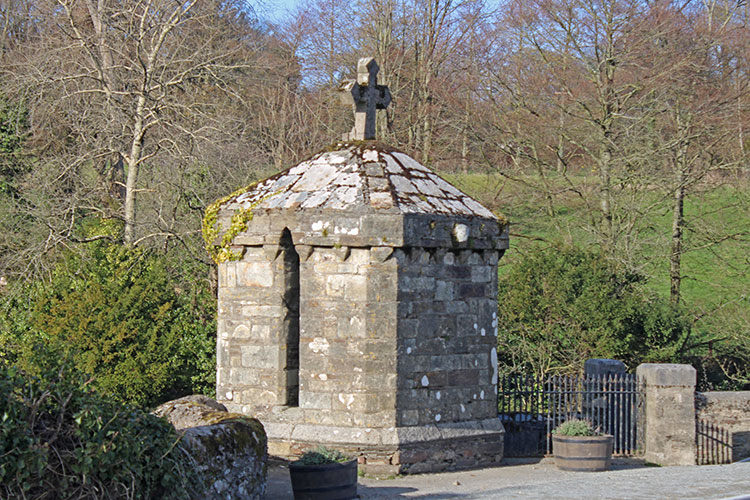
St Mogue's Well
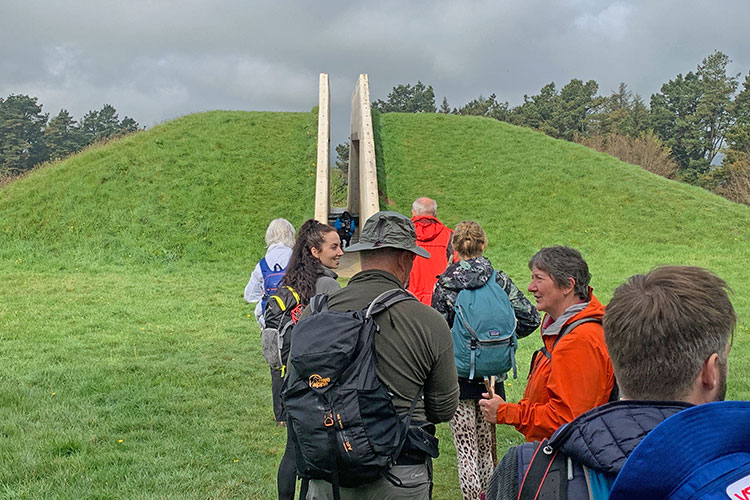
Pilgrims at Tulach a'tSolais
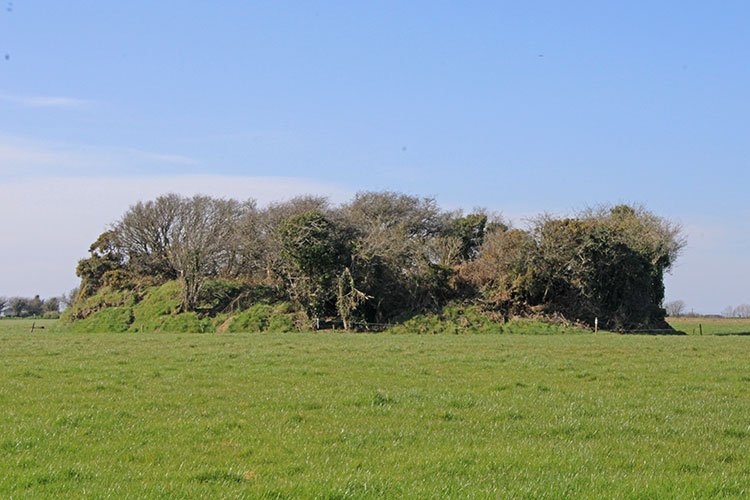
Faerie Fort
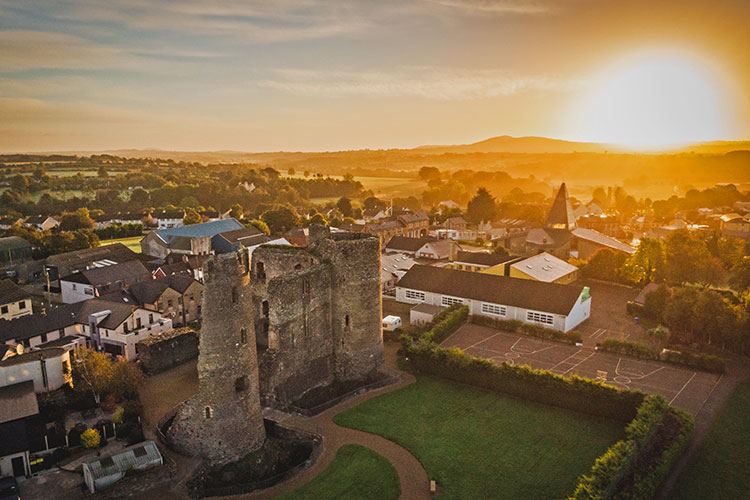
Ferns
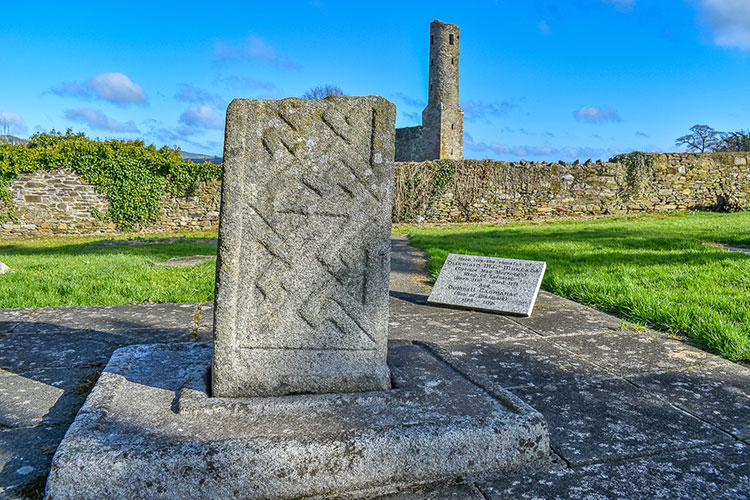
Dermot MacMurrough Stone
Dermot MacMurrough
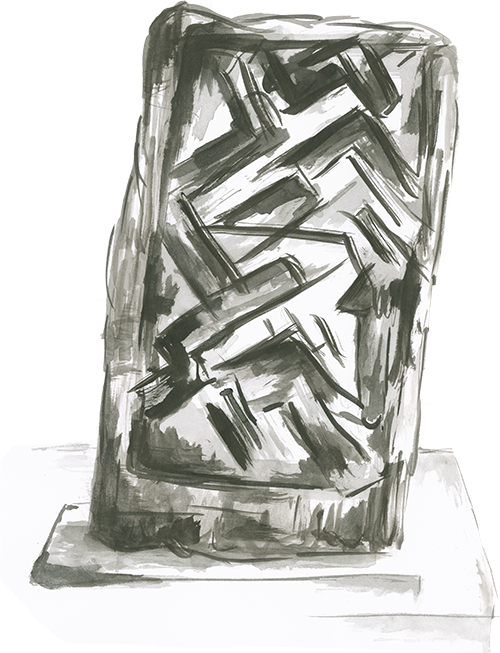
Dermot MacMurrough was the 12th-century King of Leinster who appealed to the Normans to help settle an Irish dispute between Kings. In 1153, he abducted the wife of Tiernan O’Ruark, King of Breifne in the Northern part of Ireland. A bitter feud ensued, and in 1166 Dermot was driven from Ireland.
King Henry II of England then granted Dermot permission to enlist aid in restoring his kingdom from the Anglo-Norman lords of south Wales. His most notable aid (in return for Dermot’s daughter Aoife) came from the Earl of Pembroke, nicknamed Strongbow.
In 1169, the Norman invasion of Ireland began. In the years that followed, the cultural assimilation of the Norman settlers was such that the Normans became known as “more Irish than the Irish themselves”.
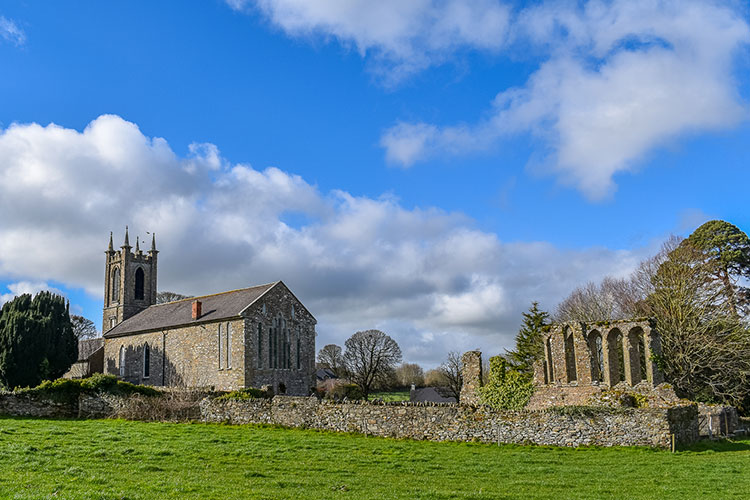
ALDER TREES
Many centuries ago, Ferns was known as the place of the Alder tree. The Alder tree was considered to be a magical tree and was sacred to the Druids. They believed it could help them access the Otherworld.
But even in this world there is something very special about the Alder tree which is a symbiotic relationship between a bacterium called Frankia and the alder. Frankia creates nitrogen-fixing nodules within the root system of the Alder and this then improves the soil around them. This allows the Alder to grow in poor terrain or very wet conditions where there is little soil.
Sign up for our Newsletter
Be the first to know about guided events being offered along the route and all the latest developments along the route.

